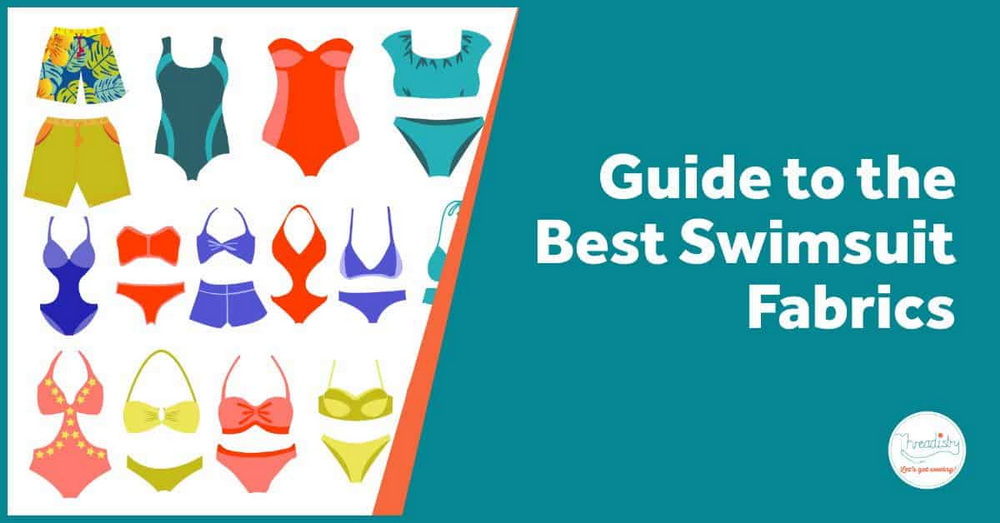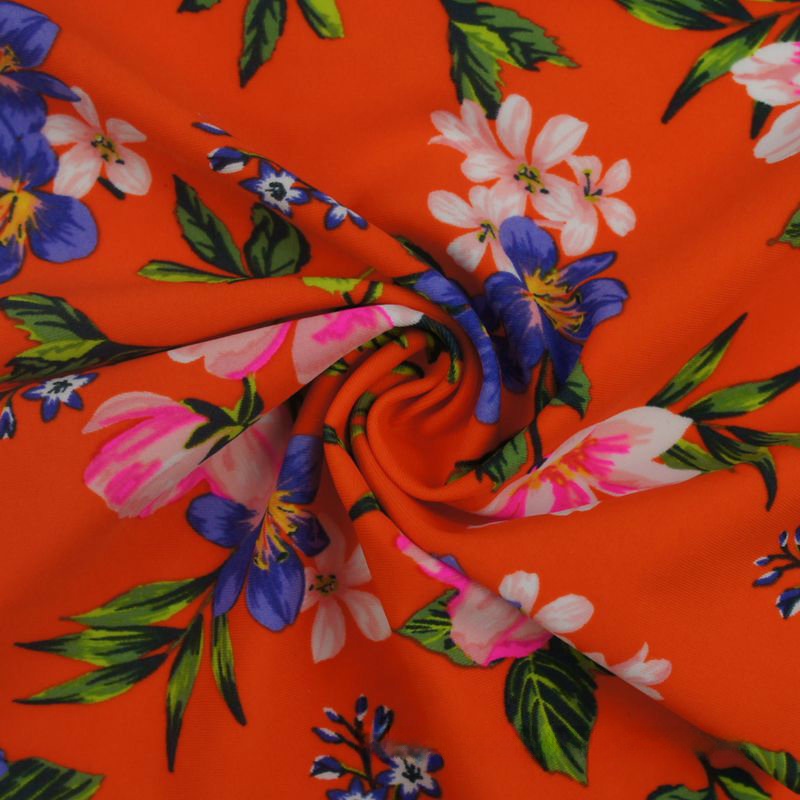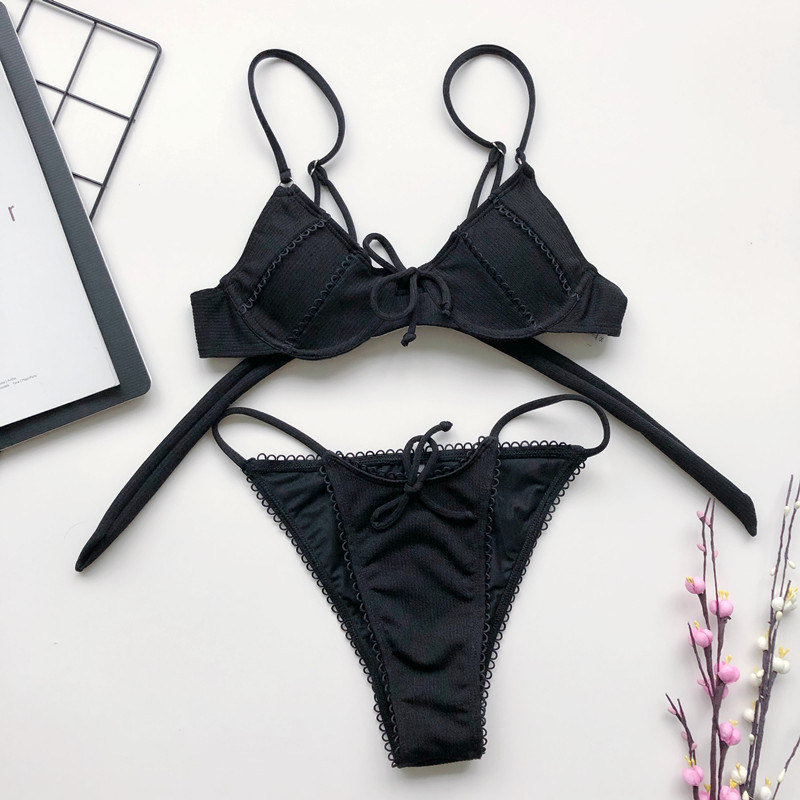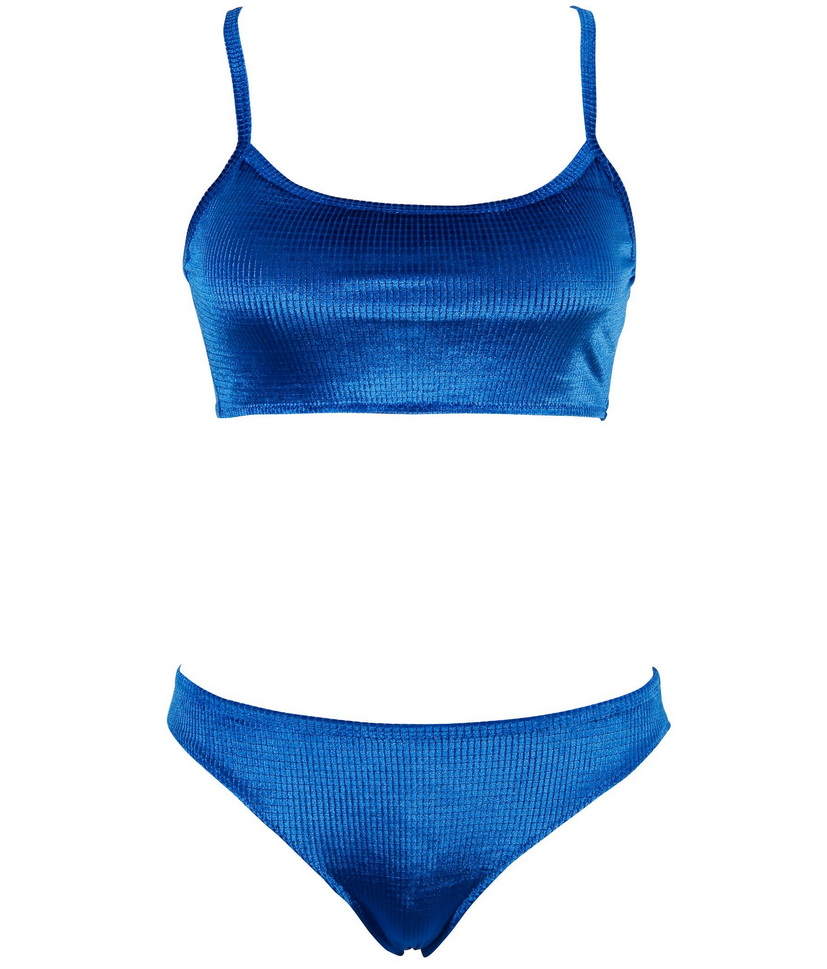Content Menu
● The Rise of China's Swimwear Industry
● Swimwear Fabric: The Foundation of Innovation
● Sustainable Swimwear Fabric: A Growing Trend
● Technological Advancements in Swimwear Fabric Production
● Market Trends and Consumer Preferences
● The Global Impact of China's Swimsuit Industry
● Challenges and Future Prospects
● Conclusion
China has emerged as a global powerhouse in the swimwear industry, revolutionizing the production and design of swimsuits through innovative swimwear fabric technologies and sustainable practices. This article explores the current trends, challenges, and future prospects of the swimsuit industry in China, with a particular focus on the pivotal role of swimwear fabric in shaping the market.
The Rise of China's Swimwear Industry
Over the past few decades, China has established itself as a leading manufacturer and exporter of swimwear, catering to both domestic and international markets. The country's swimsuit industry has experienced significant growth, driven by factors such as increasing disposable income, changing lifestyle preferences, and a growing emphasis on fitness and water-based activities.
One of the key players in this burgeoning industry is Abely Fashion, a prominent swimwear manufacturer based in Dongguan City, Guangdong Province. The company specializes in custom swimwear production, offering a wide range of options to meet diverse customer requirements. With a minimum order quantity (MOQ) of just 50 pieces per color, Abely Fashion caters to both small businesses and large-scale retailers, contributing to the industry's flexibility and adaptability.

Swimwear Fabric: The Foundation of Innovation
At the heart of China's swimsuit industry lies the continuous innovation in swimwear fabric technology. The choice of fabric plays a crucial role in determining the comfort, durability, and performance of swimwear. Traditional materials like nylon and spandex have long been staples in swimwear production, but recent advancements have introduced new possibilities.
Polyester has emerged as the leading swimwear fabric, accounting for over 54.1% of the global market share in 2023. This dominance can be attributed to polyester's excellent moisture-wicking properties, durability, and resistance to chlorine and saltwater. However, the industry is witnessing a shift towards more sustainable alternatives, with recycled polyester expected to be the fastest-growing swimwear fabric in the coming years, projected to achieve a compound annual growth rate (CAGR) of 8.7% from 2024 to 2032.

Sustainable Swimwear Fabric: A Growing Trend
China's swimsuit industry is at the forefront of the sustainability movement, with many manufacturers embracing eco-friendly swimwear fabric options. Companies like Eco Chic Swim, based in Guangzhou, are leading the charge in ethical production and sustainability. Their factory has obtained certifications such as Sedex audit and Global Recycled Standards (GRS), offering garment Transaction Certification for recycled swimwear.
The use of recycled materials in swimwear fabric production not only reduces environmental impact but also appeals to increasingly eco-conscious consumers. Manufacturers are exploring innovative ways to transform plastic waste into high-quality swimwear fabric, creating stylish and functional swimsuits while contributing to ocean conservation efforts.
Technological Advancements in Swimwear Fabric Production
The Chinese swimsuit industry is leveraging cutting-edge technologies to enhance swimwear fabric production and design. One notable trend is the integration of 3D printing technology in swimwear manufacturing. This innovative approach allows for precise customization and significantly reduces waste in the production process.
Additionally, advancements in digital printing techniques have revolutionized swimwear fabric design. Manufacturers can now create intricate patterns and vibrant colors on swimwear fabric with unprecedented precision. This technology enables the production of eye-catching designs like the floral-patterned fabric showcased below, which features a vibrant orange background adorned with pink, white, and blue flowers.

Market Trends and Consumer Preferences
The Chinese swimsuit market is experiencing a shift in consumer preferences, with a growing demand for versatile and multifunctional swimwear. Companies like Topper Swimwear Co., Ltd., established in 2003, have gained recognition for their ability to cater to diverse customer needs. Their comprehensive service system and strong quality control processes have resulted in an impressive 98% positive feedback rate from customers.
In terms of design trends, the industry is seeing a resurgence of vintage-inspired styles alongside modern, minimalist aesthetics. The image below showcases a black bikini set featuring a triangle top with a tie at the center and matching high-waisted bottoms, exemplifying the blend of classic and contemporary design elements in current swimwear fabric trends.

The Global Impact of China's Swimsuit Industry
China's dominance in the swimwear market has had a significant impact on global industry trends. The swimwear market is projected to grow from an estimated value of USD 21.10 billion in 2024 to USD 26.13 billion by 2031, with a CAGR of 3.1%. China's contribution to this growth is substantial, with its manufacturers continually pushing the boundaries of swimwear fabric innovation and production efficiency.
The country's influence extends beyond manufacturing, with Chinese designers and brands gaining recognition on the global stage. This is evident in the diverse range of swimwear styles emerging from China, from the high-cut one-piece swimsuit with a China-inspired print to the sophisticated blue velvet fabric bikini showcased in the images below.

Challenges and Future Prospects
Despite its success, China's swimsuit industry faces several challenges. Increasing competition from other manufacturing hubs, rising labor costs, and stringent environmental regulations are prompting companies to adapt and innovate. The industry is responding by investing in automation, developing advanced swimwear fabric technologies, and focusing on sustainable production methods.
Looking ahead, the future of China's swimsuit industry appears promising. The continued focus on swimwear fabric innovation, coupled with a commitment to sustainability, positions Chinese manufacturers to meet evolving consumer demands. As the global swimwear market expands, China is expected to maintain its leadership role, driving advancements in swimwear fabric technology and setting new standards for quality and design.
Conclusion
China's swimsuit industry has undergone a remarkable transformation, evolving from a mass-production hub to a center of innovation in swimwear fabric technology and sustainable manufacturing. The industry's success is built on a foundation of continuous improvement in swimwear fabric quality, design versatility, and production efficiency.
As we look to the future, the Chinese swimsuit industry is poised to lead the global market in developing cutting-edge swimwear fabric solutions that balance performance, style, and sustainability. From eco-friendly materials to advanced manufacturing techniques, China's contributions to the swimwear sector will continue to shape the way we think about and experience swimsuits for years to come.




































































